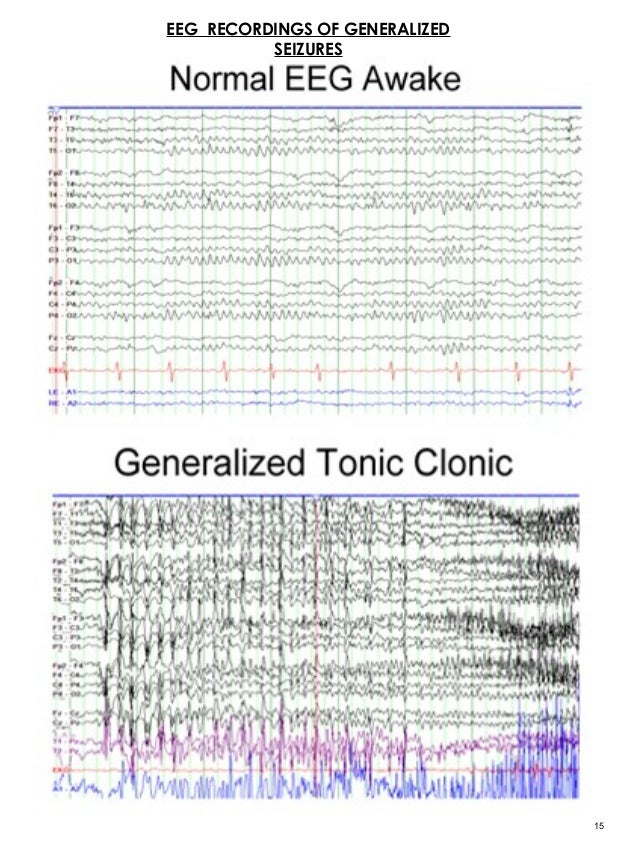

These can affect the test but it is very important that you consult your doctor before you stop them These can include sedatives, tranquilisers, sleeping tablets and medications for epilepsy.

Before the day of EEG, medications that can affect brain activity may be ceased, but this is not usually necessary.

After that, the doctor or laboratory will advise the patients of the following: It remains an important adjunct in the detection of temporal lobe involvement in encephalitis, for example due to herpes infection.īefore the test, a complete medical history will be taken by the doctor ordering the test to determine if the EEG is really necessary and indicated.
Much less frequently nowadays, to localise suspected lesions of the brain such as tumour, inflammation, infection, or vascular events like stroke. To monitor brain activity when a person is under general anaesthesia. To evaluate cognitive impairment and dementia. The assessment of impaired consciousness or altered mental state. The test can help classify the type of epilepsy and also differentiate it from non-epileptic events However a normal EEG does not exclude the diagnosis of epilepsy. As an aid to the diagnosis of epilepsy: This is the most useful and important test in confirming a diagnosis of epilepsy. They are picked up by the electrodes on the surface of the scalp, and therefore the standard test may not be able to show smaller activity that occurs deep within the brain. The waveforms in the EEG are generated by impulses near the communication between neurons or nerves in the brain. Over the years, the clinical utility of this test has declined because of the development of sensitive neuroimaging techniques, but it still fulfils an important role. The EEG is one of the commonest investigations for brain pathology. There are other forms of EEG that are more invasive methods of recording but these are not widely used. By recording the electrical signals, the resulting traces are known as the EEG. 
In its commonest form, it is a measurement of the electrical activity of the brain measured from an array of electrodes on the scalp. What is an EEG? | What does it detect? | When is an EEG used? | How to prepare | How an EEG is done | Risks of an EEG | Usefulness of EEGs |ĮEG stands for electroencephalogram. SNNN offers EEG as well as a consultative service for epilepsy and related conditions FAQs & information SNNN consultations | T: 02 8287 1900








 0 kommentar(er)
0 kommentar(er)
